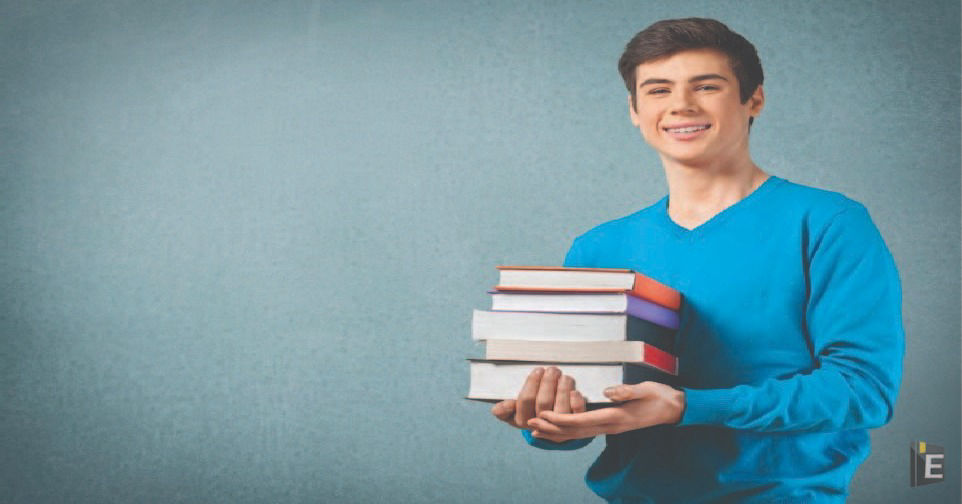Top History Questions for Competitive Exams

Which Mughal emperor built the Taj Mahal in memory of his wife Mumtaz Mahal?
(A) Jahangir
(B) Shah Jahan
(C) Akbar
(D) Babar
Correct Answer : B
Explanation :
It was built by Mughal Emperor Shah Jahan in memory of his wife Mumtaz Mahal with construction starting in 1632 AD and completed in 1648 AD, with the mosque, the guest house and the main gateway on the south, the outer courtyard and its cloisters were added subsequently and completed in 1653 AD.
Who is the author of the book “Discovery of India”?
(A) Dr. B.R. Ambedkar
(B) Jawaharlal Nehru
(C) Bhagat Singh
(D) NathuRam Vermaa
Correct Answer : B
Explanation :
Jawaharlal Nehru wrote the book 'The Discovery of India', during his imprisonment at Ahmednagar fort for participating in the Quit India Movement (1942 – 1946).
What was the name of the ship on which Mahatma Gandhi returned to India in 1915?
(A) MM Arabia
(B) SS Arabia
(C) NN Arabia
(D) TT Arabia
Correct Answer : B
Explanation :
On January 9, 1915, a crowd gathered to greet Gandhiji and his wife, Kasturba, as their ship, the S.S.Arabia docked in Apollo Bunder, in Bombay (now Mumbai).
Who was the founder of the Maurya Empire?
(A) Samraat Ashoka
(B) Chandragupta Maurya
(C) Harshvardhan
(D) Samudragupt
Correct Answer : B
Explanation :
The Mauryan Empire was formed by Chandragupta Maurya, who ruled from 350-295 BCE. Born in Pataliputra, he was a ruler who maintained an extensive empire. Chandragupta seized the territories of the Northwest region after Alexander left the conquest of India.
The first war of Indian independence, also known as the Sepoy Mutiny, took place in which year?
(A) 1857
(B) 1858
(C) 1845
(D) 1933
Correct Answer : A
Explanation :
The revolt began on May 10, 1857, at Meerut as a sepoy mutiny. It was initiated by sepoys in the Bengal Presidency against the British officers. This War of Independence marked the end of rule by the British East India Company.
Who was the first emperor of the Maurya Dynasty in India?
(A) Chandragupta Maurya
(B) Samraat Ashoka
(C) Harshvardhan
(D) Samudragupt
Correct Answer : C
Explanation :
Chandragupta was the founder of the Mauryan dynasty (reigned c. 321–c. 297 BCE) and the first emperor to unify most of India under one administration. He is credited with saving the country from maladministration and freeing it from foreign domination.
What is the name of the ancient Indian language in which most Hindu religious texts are written?
(A) Paali
(B) Hindi
(C) Sanskrit
(D) Arbi
Correct Answer : C
Explanation :
The origin language of these texts is Sanskrit. The Vedas are considered Shruti texts. The Vedas consist of four parts: Rig Veda, Sama Veda, Yajur Veda, and Atharva Veda. Each Veda is subcategorized into Samhitas, Brahmanas, Aranyakas, and Upanishads.
Which famous emperor of the Maurya Dynasty is known for spreading Buddhism across India and beyond?
(A) Ashoka the Great
(B) Samraat Ashoka
(C) Harshvardhan
(D) Samudragupt
Correct Answer : A
Explanation :
Ashoka (died 238? bce, India) was the last major emperor of the Mauryan dynasty of India. His vigorous patronage of Buddhism during his reign (c. 265–238 bce; also given as c. 273–232 bce) furthered the expansion of that religion throughout India.
Who was the first woman Prime Minister of India?
(A) Dr. B.R. Ambedkar
(B) Bhagat Singh
(C) Indira Gandhi
(D) NathuRam Vermaa
Correct Answer : C
Explanation :
The Indus River Valley Civilization, 3300-1300 BCE, also known as the Harappan Civilization, extended from modern-day northeast Afghanistan to Pakistan and northwest India.
Who is known as the ‘Iron Man of India’ for his role in uniting the country after independence?
(A) Sardar Vallabhbhai Patel
(B) Dr. B.R. Ambedkar
(C) Bhagat Singh
(D) NathuRam Vermaa
Correct Answer : A
Explanation :
Sardar Vallabhbhai Patel is known as the iron man of India. The reason is that his commitment to national integration in the newly independent country was total and uncompromising, earning him the title 'Iron Man of India'.



